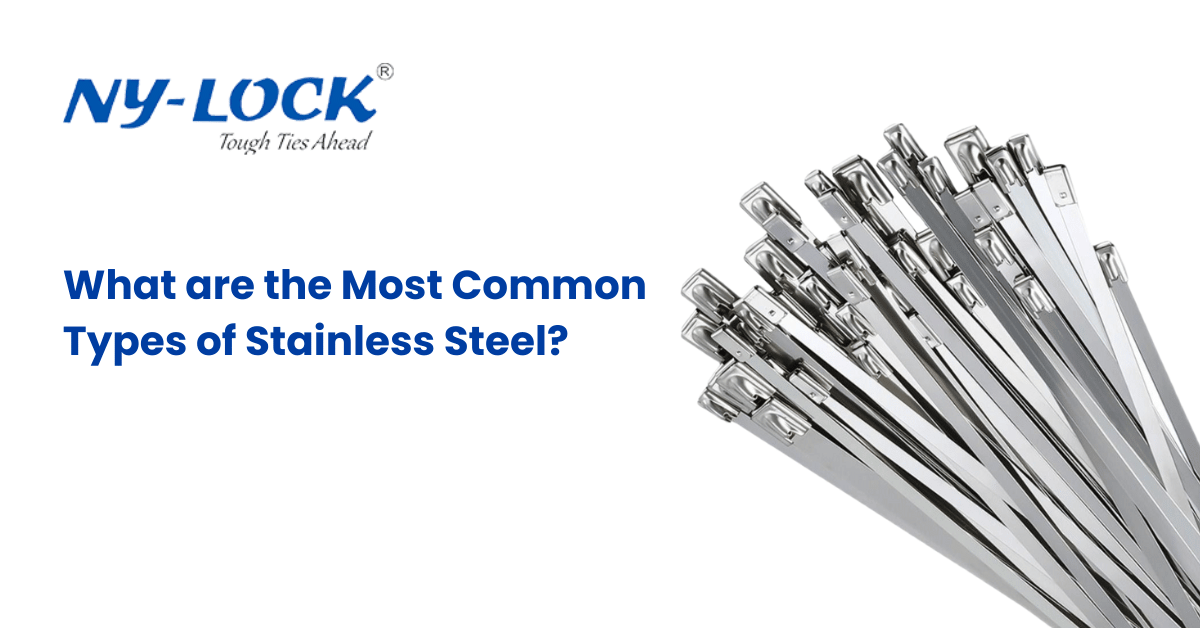Stainless steel plays a huge role in our everyday lives and industrial spaces. It’s one of those materials you’ll find pretty much everywhere. Whether it’s the kitchen sink, the car exhaust, or even the Stainless Steel Cable Ties holding things together in factories. But here’s something interesting: stainless steel is not just one single type of metal. It’s a whole family of different grades, each with its own strengths and uses. If you’re wondering which type suits your work best, let’s break it down in simple terms.
5 Different Types of Stainless Steel
Austenitic Stainless Steel: The All-Rounder
Consider this the most popular and flexible stainless steel. Grade 304 and 316 are a part of this group. They are excellent at fighting rust and perform well at both hot and cold temperatures. 304 stainless steel is found mostly in kitchen appliances, food preparation devices, and architectural work. 316 stainless steel raises the bar a little higher by introducing the element of molybdenum, which makes it ideal for use in chemical plants and coastal areas where salt becomes a factor.
Ferritic Stainless Steel: Budget-Friendly & Magnetic
Ferritic stainless steel is slightly cheaper and has magnetic properties. It’s decent at resisting rust but not as strong as austenitic grades. You’ll find it used in car exhausts, appliances, and interiors where cost matters but strength is still important. Unlike other types, ferritic steel can’t be hardened by heat treatment.
Martensitic Stainless Steel: Hard and Durable
This type is all about strength and toughness. Martensitic steel appears in medical instruments, blades, and structural parts of machines when wear and tear resistance matter. You can heat treat it to get a stronger material, though it resists corrosion less than a few others.
Also Read: Everything you need to know about Stainless Steel Cable Ties
Duplex Stainless Steel: Where Strength Meets Resistance
Duplex stainless steel is the best of two worlds. A combination of the ferritic and austenitic varieties. It’s extremely strong and performs wonderfully when it comes to corrosion. That’s why you find it used extensively in demanding industrial environments such as chemical plants, marine use, and the oil and gas industry.
Precipitation Hardening Stainless Steel: Made for Performance
This alloy provides a good combination of easy to shape properties, strength, as well as corrosion resistance. You’ll use it for aircraft parts, fasteners, and pump shafts where the performance must not be sacrificed.
Final Thoughts
Knowing the types of stainless steel helps you pick the right material for your job. Whether you’re installing Stainless Steel Cable Ties in an industrial plant or building kitchen appliances, there’s a stainless steel grade designed for your needs.

